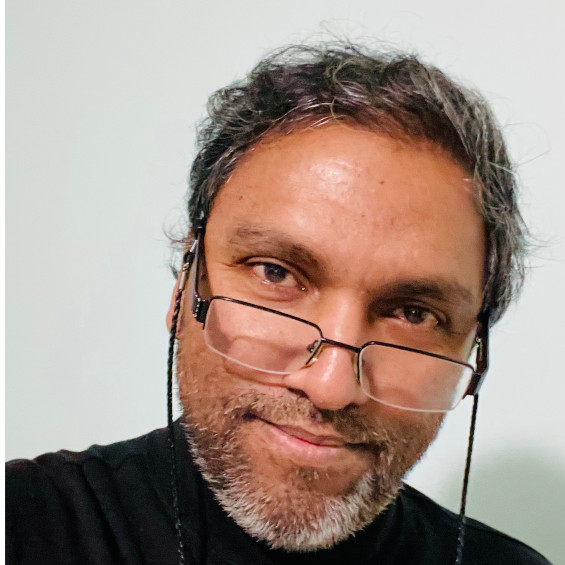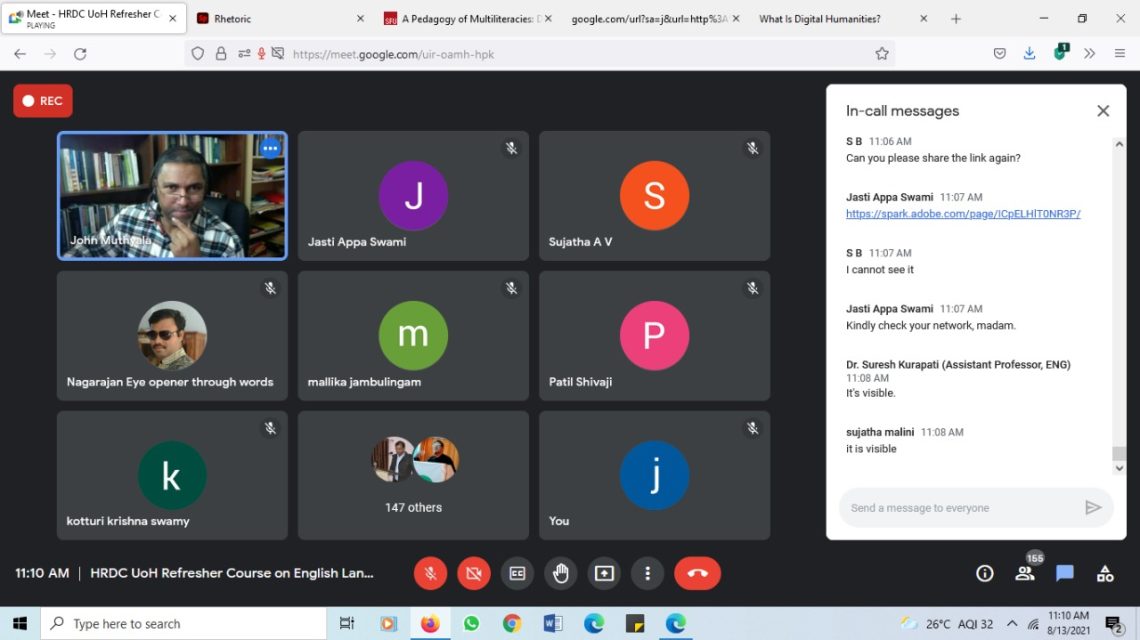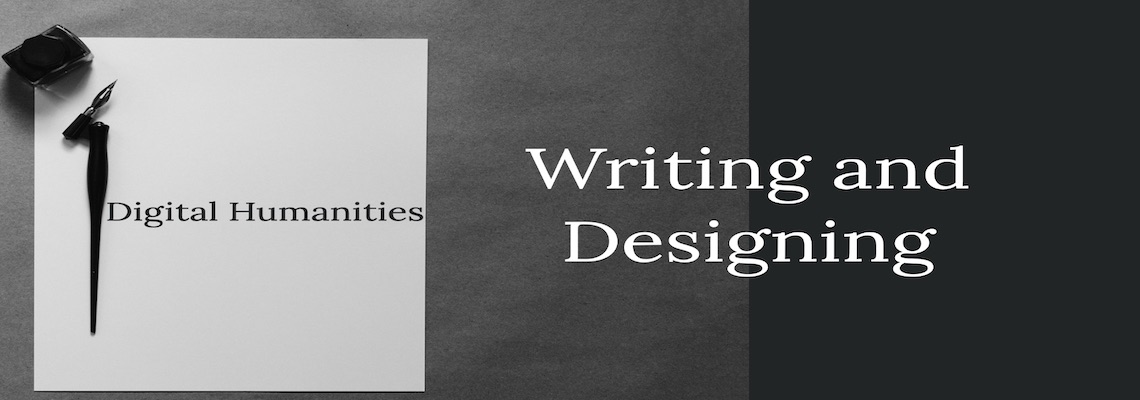On August 13, 2021, John Muthyala, Professor of English, gave a lecture on “Digital Humanities: Writing and Designing Across the Curriculum” for the online Refresher Program organized by the Department of English Language Studies, University of Hyderabad (UoH), India.

Recognized in 2019 as an Institution of Eminence, “a recognition of UoH’s standing, ability and potential to move into the league of the world’s best institutions,” the University of Hyderabad, located in the state of Telangana, is one of India’s premier public universities; it is ranked 4th by the National Institute Ranking Framework issued by the Ministry of Education, Government of India.
Funded by the University Grants Commission (UGC), New Delhi, the Refresher Program in English Language Studies was conducted online over two weeks starting in early August. Its lectures and workshops focused on three themes: Language Pedagogy, Research in Language, and Digital Education. It is for the session on Digital Education that Professor Muthyala, who leads USM’s Digital Humanities Initiative, was invited by Professor Joy Anuradha and the coordinating team.
Professor Anuradha, who teaches at the Centre for English Language Studies (CELS), UoH, noted, “Digital Education was included as a theme since all of us have been forced to teach online due to the pandemic, whether we were prepared or not. We thought this segment would help the participants to familiarize themselves with effective methods, tools, and techniques to enhance digital teaching and learning. For this reason, we requested Prof. John Muthyala and a few other experts from both academia and the industry as Resource Persons. We thought that an introduction to Digital Humanities and how it can be applied in the classrooms would be a valuable addition to the program.”
Muthyala’s talk focused on the growing need for teachers and professors to become acquainted with digital tools for pedagogy and research. He observed, “We are going through a period of deep transformation in higher education, because of the pervasive spread and use of the digital across the world. Digital technologies impact the core mission of the university, which is to examine, generate, archive, retrieve, and circulate knowledge and information.”

He added that English language teachers focus on the core skills of reading and writing, but since we are living in a world where communication is not primarily textual but mixed with other modalities, we need to develop information and digital literacy skills. Scholars like Kathleen Welch, Elizabeth Losh, Doug Downs, Cheryl Ball, and Gunter Kress, among others, are exploring concepts like “electronic rhetoric,” “digital rhetoric,” “embodied rhetoric,” “multiliteracies,” and “multimodality,” many of which show the influence of the pathbreaking essay A Pedagogy of Multiliteracies: Designing Social Futures (1996) by the New London Group.
As a broad term, Digital Humanities describes a wide range of research and pedagogy oriented around the digital, including writing, rhetoric, and digital rhetoric. The key point for teachers of writing, Muthyala said, is to learn to think as writers and as designers. In his presentation, Muthyala discussed assignments from his writing classes, and shared insightful student commentary.
Responding to the talk, Professor Jasti Appa Swami said, “The assignments and the learners’ metacognitive reflections were interesting. They resonate with the work done at UoH, where students are given tasks which not only involve textual responses but integrating them with audio, video, and visual content. The learners are made aware of the interplay of the verbal and nonverbal elements of a text in some of the courses that they take as part of their graduate program. The Systemic Functional Linguistics approach facilitates multimodal discourse analyses of multiple semiotic discourses.”
One of the best things, observed Muthyala, was realizing that many participants were doing digital pedagogy, without necessarily using “digital” as an adjective to characterize it. At UoH, noted Professor Anuradha, “Faculty members often bring in material in non-textual forms, such as audios and videos, and engage students with technology-enabled activities like building word clouds, analysing graphics, and recording videos, etc. Some faculty members are also involved in designing and delivering MOOCs (Massive Open Online Courses). The Centre is planning to develop digital multilingual and multimodal language learning materials for Indian learners of English.”
Professor Anuradha said that Professor Muthyala’s talk on “Multiliteracies and Multimodality: Writing and Designing Across the Curriculum” was well received by the participants. It emphasized the necessity of digital pedagogy and the multimodal advantage for the learners. Professor Muthyala underscored the growing interest in Digital Humanities in India, which opens up opportunities for USM faculty and students to collaborate with counterparts in Indian universities.
Centre for English Language Studies
University of Hyderabad, Telangana, India


